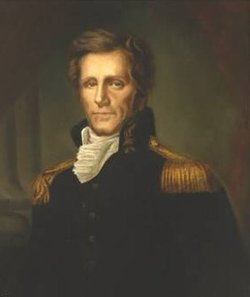Who was Wiley Thompson?

He was the Seminole Indian Agent at Fort King from 1834 until his death on December 28, 1835.
Wiley Thompson was born in Amelia County, Virginia to Isham and Elizabeth Thompson on September 23, 1781. His father, who was a soldier of the Revolution, moved the family to Wilkes, which is now Elbert County in Georgia.
Wiley was educated in the country school where he did extremely well. He was very successful in local politics and was appointed to be the commissioner of the Elbert County Academy in 1808.
Wiley Thompson’s views on Indian Removals aligned closely with Andrew Jackson’s.
After serving in the War of 1812, Thompson was elected major-general of the 4th Division of the Georgia militia, and served in that capacity from 1817 to 1824, when he resigned. In 1819, he served on a commission to determine the boundary line between Georgia and East Florida.
Thompson also served in the state Senate from 1817 to 1819, then followed that with joining the federal House of Representatives in 1821. He remained a member of the House until 1833. During that time, he served as the chairman of the committee of military affairs, and during that time he obtained payment of Georgia militia claims of 1793 and 1824.
Thompson was a bitter opponent of protection. He held firm to the view that the South would be “driven to the necessity of resistance.” His views on Indian removals aligned closely with Andrew Jacksons, and he was appointed agent of the Seminole Indians in Florida. As agent, he was instructed to superintend the removal of the Indians on the Apalachicola and Chattahoochee rivers. This was done under the treaties of Payne’s Landing in 1832 and of Fort Gibson in 1833. During this time, he managed to win the friendship of some of the Seminole chiefs and in 1834, he went with John Blount and Davy Elliott to New Orleans, where he paid the chiefs their $8,000 allowance in cash.
After Thompson returned, however, he found that some of the chiefs were not willing to emigrate. He was firm on Jackson’s determination that they leave, but Osceola led a group that threatened resistance against him.
In rebuttal, Thompson stopped sales of liquor and ammunition to the Indians, and they ceased purchasing their slaves. Then he asked for troops to aid in forcibly removing the Natives. Jackson approved the order forbidding the train and sent General Duncan L. Clinch with troops.
Wiley Thompson was appointed “Superintendent of Emigration” on July 8, 1834
Thompson was appointed “Superintendent of emigration” on July 8, 1834 and was to continue in his current role as Seminole agent. In 1835, he agreed to transport the Seminole by water in one body rather than three annual parties overland, which was against the previous treaties. Osceola was still hostile and interrupted the council, and Thompson removed him and four other chiefs who objected. This was in line with what General Clinch thought judicious, however Jackson had forbidden the removal of the chiefs, rightfully believing it would arouse hostility. The press agreed with Jackson, calling it high-handed and tyrannical.
Later, Osceola visited Fort King, angered at the removal and the seizure of his young wife as a slave. Thompson seized him and put him in chains, however he later released him when Osceola pretended to be penitent.
A few days later, Osceola returned with 79 others who appeared to agree to emigrate, however that was a ploy.
Osceola, with 60 warriors, waited for two days near Fort King. When Thompson and Lt. Constantine Smith were walking, the band attacked them and shot and scalped Thompson.
While he was buried initially at Fort King, his wife later had his body removed to Elberton, GA, where it was buried on his estate.


